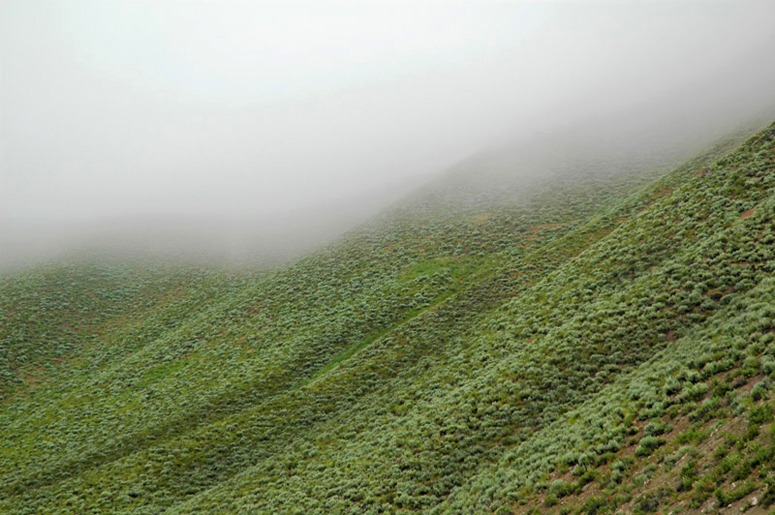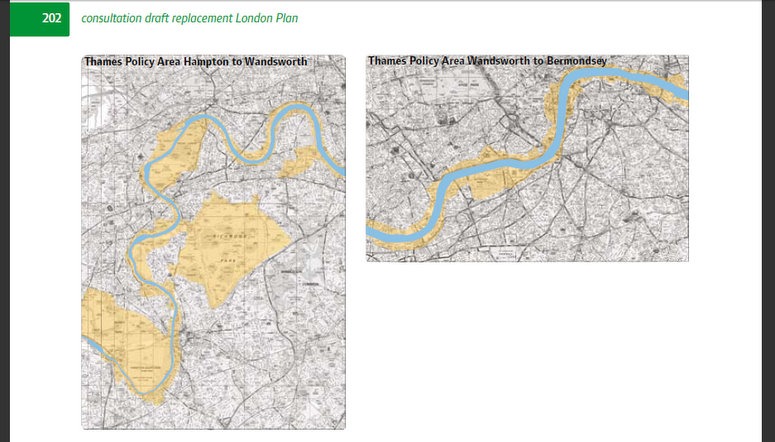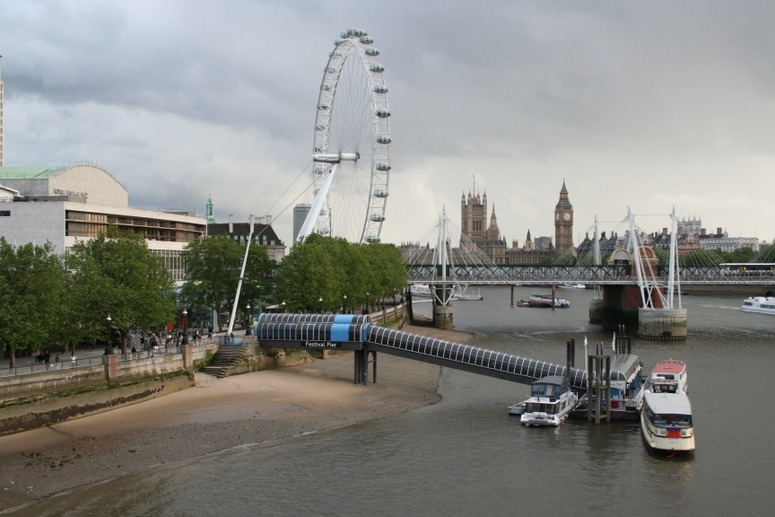Tom once the winter is over you will be free of snowball throwing teenagers! Then perhaps, given your recent acquisition of expertise in the art of dodging snowballs through firsthand experience, you can give lessons on snowball etiquette in urban and rural areas and advice for the unwary…
I found this description of teenage snowball warfare that might be of assistance in compiling the necessary advice.
Here are several scenerios with which to contextualise your advice:
Scenerio One: A seventy year-old was arrested for allegedly pointing a gun at snowball throwing teenagers.
Scenerio Two: The police and hoodies engage in snowball fight.
Scenerio Three: A man kidnaps a teenager for throwing a snowball.
Scenerio Four: Girl throws a snowball at a boy.
Scenerio Five: Police hunt teenagers throwing snowballs at traffic.
Here is some helpful opinions from the general snowball fight interested public. Overzealous teenagers, snowballs and transportation seem to be a particularly potent mix.






